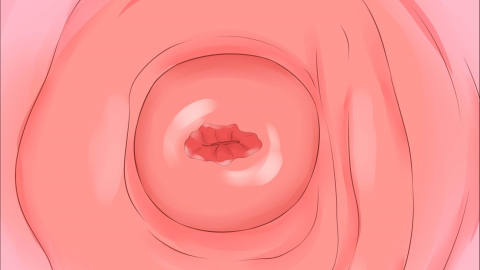What are the risks of laser treatment for cervical erosion?
Cervical erosion, also known as cervical columnar epithelial displacement, can be treated with laser therapy. However, there are certain risks associated with this treatment, including postoperative bleeding, cervical stenosis, infection, impaired fertility, and cervical adhesions. If you have concerns, it is recommended to consult a reputable hospital in advance. Detailed explanations are as follows:

1. Postoperative bleeding: After laser treatment, bleeding may occur at the cervical wound site, possibly due to some degree of damage to local blood vessels during the procedure. If the bleeding cannot be controlled promptly, it may lead to anemia and other complications.
2. Cervical stenosis: Laser treatment may cause fibrosis and scar formation in cervical tissues, leading to cervical stenosis. This condition can interfere with the normal discharge of menstrual blood, causing dysmenorrhea and prolonged menstruation. In severe cases, it may even affect conception and childbirth.
3. Infection risk: Improper postoperative care or a weakened immune system may result in wound infection, leading to cervicitis, pelvic inflammatory disease, and other inflammatory conditions. Symptoms of infection may include lower abdominal pain and abnormal discharge.
4. Impaired fertility: Excessive or inappropriate laser treatment may affect the elasticity and mucus secretion of the cervix, thereby influencing the chances of conception and the process of natural childbirth.
5. Cervical adhesions: Laser treatment may lead to cervical adhesions, causing menstrual blood retention and abdominal pain. Severe cervical adhesions may require surgical separation, increasing the patient's discomfort and treatment costs.
Additionally, women should maintain healthy lifestyle habits and good personal hygiene, and undergo regular gynecological examinations to facilitate early detection and management of related issues.




